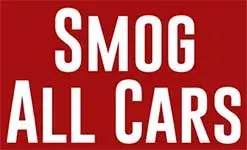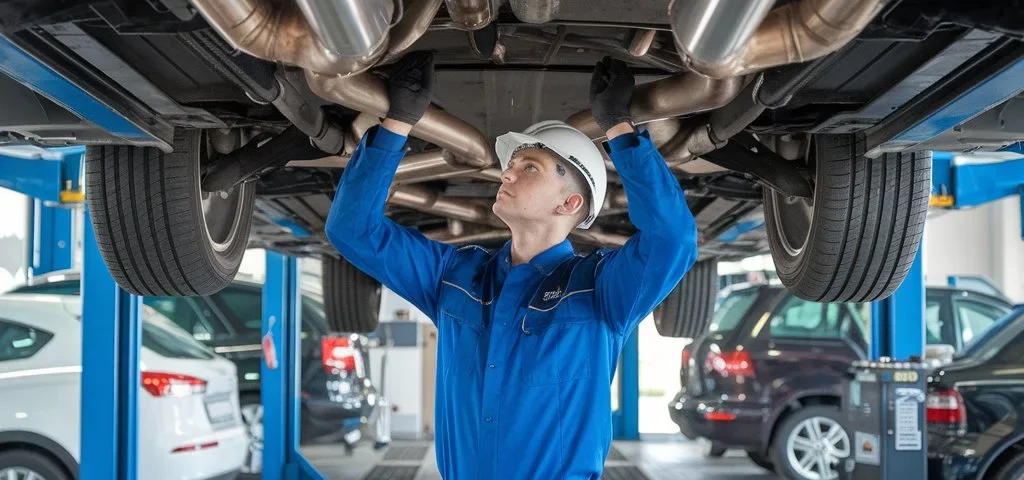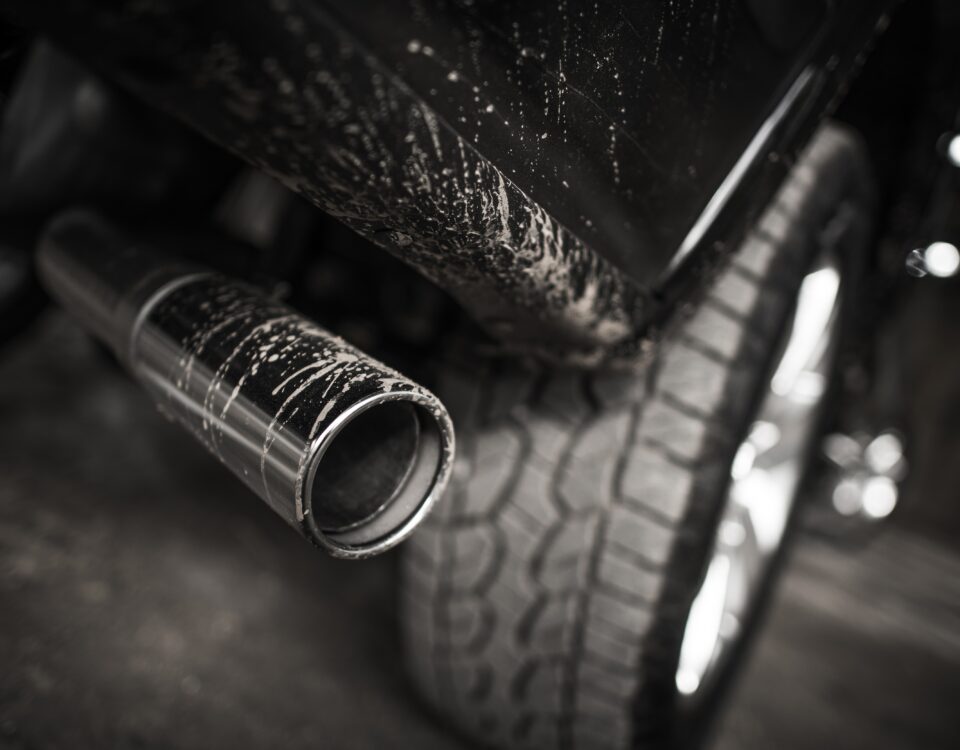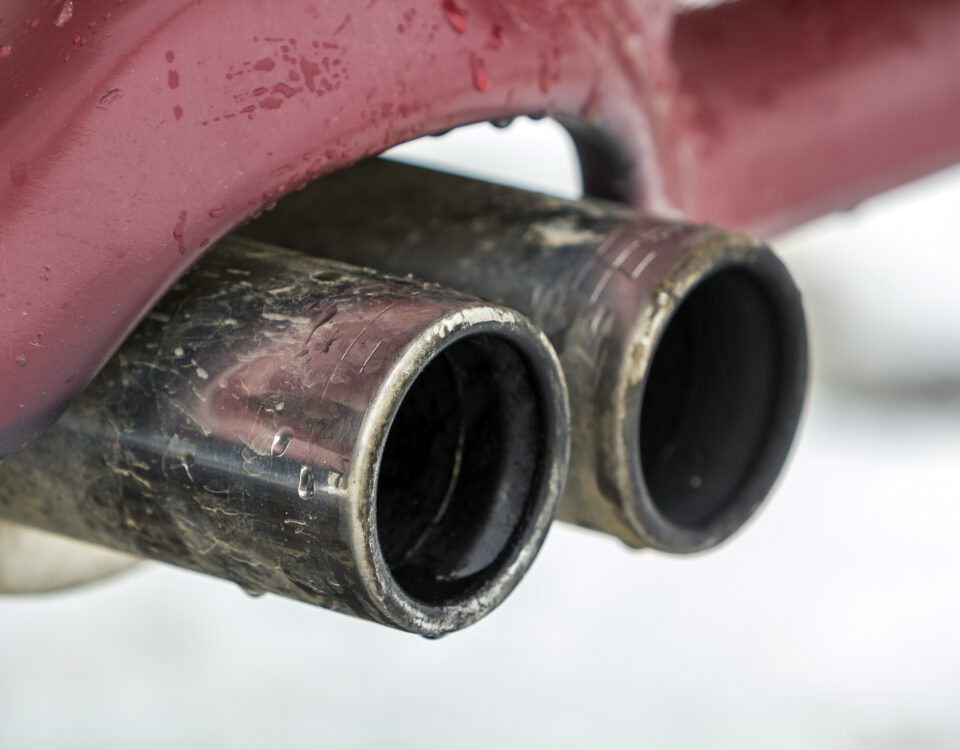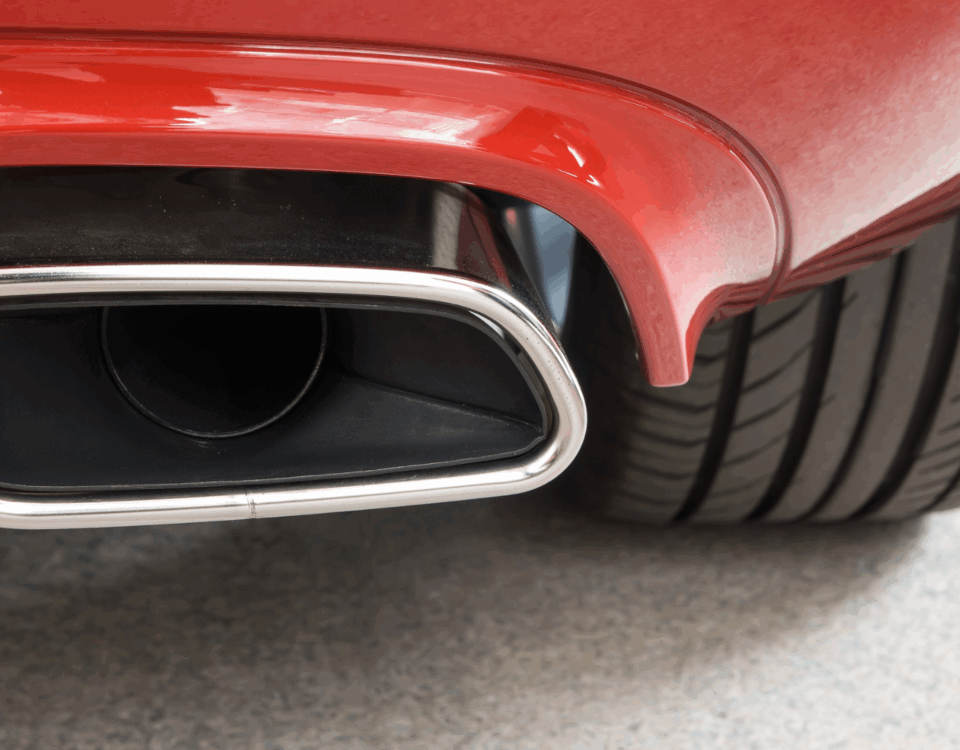How to Verify Smog Inspection Station Certification
January 16, 2025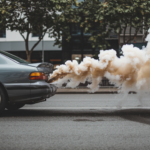
Why Smog Test Frequency Matters: Regulations and Compliance
January 16, 2025Operating a smog inspection station requires compliance with strict guidelines and certifications to ensure the quality and reliability of emission tests. These certifications help build trust with customers and demonstrate compliance with environmental regulations. Below we will look at the key certifications and licenses required to run a successful smoke testing facility:
Certification for Smoke Test Technicians
Individuals performing smoke testing must have specific certifications to perform the testing legally and efficiently. Must have. The most important certification is the Smog Inspection Inspector License, which is often issued by California’s Bureau of Automobile Repairs (BAR) or similar agencies in other states.
To obtain this certification, technicians typically complete an approved training program and take a written exam. Take the exam and demonstrate proficiency with diagnostic tools. In addition to technical skills, technicians must be up-to-date on evolving emissions standards and vehicle technology. Ongoing training and license renewals help you stay compliant with regulatory changes and maintain high testing standards.
A license is required to open a smoke inspection lab
In addition to technician certification, operating a smoke inspection lab requires special business licenses and permits. is required. For example in CaliforniaStation owners must apply for a Smog Check Station Permit through BAR. This permit certifies that the facility meets technical and operational requirements, including approved testing equipment, appropriate labeling, and appropriate safety procedures.
The facility must also meet planning regulations and may require local business permits. Each of these steps ensures that the facility is set up to provide accurate and consistent smoke testing, contributing to improving air quality in the surrounding community.
Equipment Certification and Calibration Standards
Smoke inspection facilities also meet: You must use certified testing equipment. State or federal regulations. Equipment such as dynamometers, gas analyzers, and on-board diagnostic (OBD) systems require regular calibration and maintenance to ensure accurate results.
In many states, regulatory agencies regularly inspect smog stations to ensure equipment performance. Check. Failure to maintain tester certification may result in penalties, including fines or license suspension. To maintain the reliability and legal operation of your station, it is important to ensure that all equipment is certified and operating properly.
Environmental Regulations and Reporting Requirements
Operating a smog inspection station requires adherence to strict environmental compliance standards. These include proper handling of emissions-related waste, accurate recordkeeping, and timely submission of inspection results to the relevant regulatory body.
For example, many states mandate that stations use secure software systems to report test outcomes directly to government databases. This process ensures transparency and enables agencies to monitor emissions data effectively. Failing to comply with these reporting standards can jeopardize the station’s license and reputation.
Read More:
